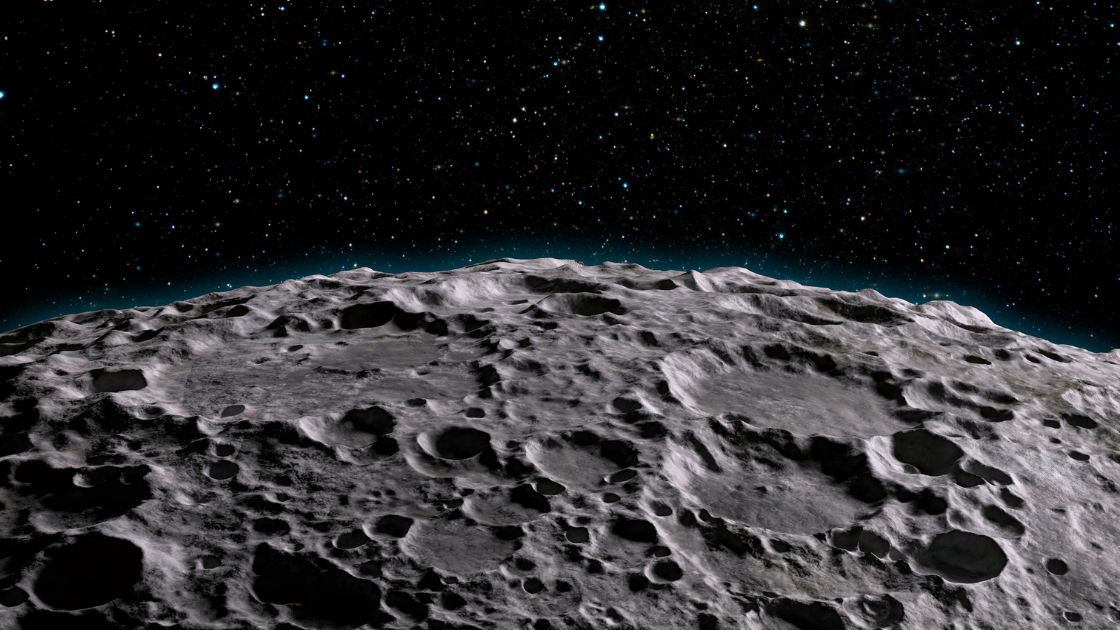February’s full Moon is named the Snow Moon. It gets its name from all of the snow storms that would historically happen around this time. In North America, names for full Moons were used to track the seasons and would reflect natural events happening during that time. These names came from various sources, including Native …





